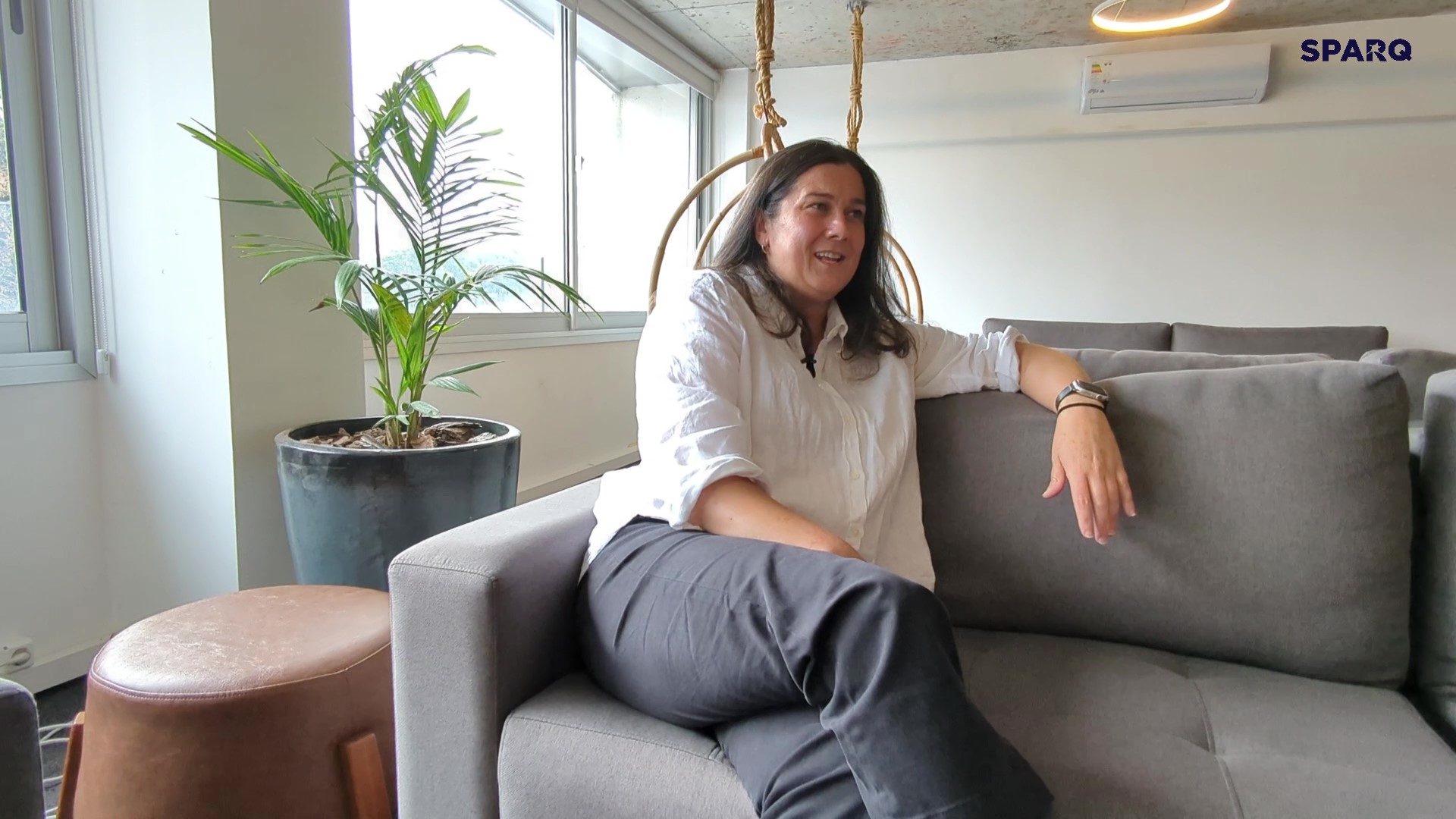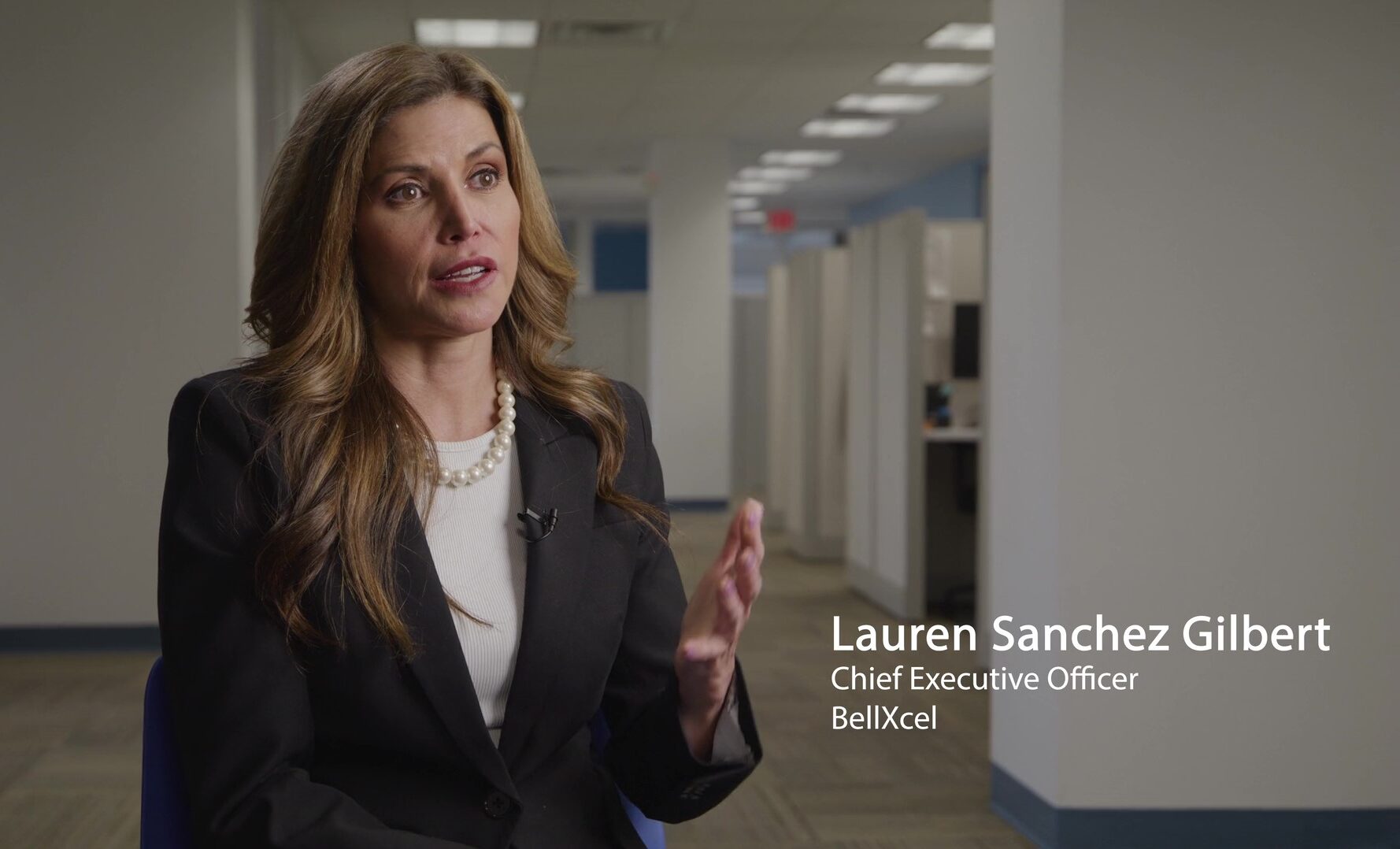AI-aided product engineering is using generative AI technologies throughout the life cycle of your product development all the way from ideation, design, business analysis through development and into deployment, so it’s a shift away from the traditional usage which is really engineering-focused. This is all helping drive speed-to-market for our clients in focusing on what are the business problems in market as opposed to perhaps solving some more of the plumbing type problems, moving data from here to here. It’s really about how do you serve customers, whether those customers are internal or external. If you look at the traditional benefits around the coding assistance, it’s a 20 to 40 percent productivity advantage and you see those similar advantages in process design and front-end design.
Choose the Right Tools
There are a couple of really important considerations to make. We have found that selecting the right tooling is extremely important. If you look in the design space, there are various tools. In the coding tools space there are tools like Microsoft Copilot or AWS CodeWhisperer and often you need to analyze your environment, your processes and your coding languages to determine the right fit for that.
Keep Humans in the Loop
The other really important consideration is that these are human in the loop technologies. These are technologies that are focused on making humans more efficient, not taking humans out of the equation, so when you have a coding tool or a design tool, they’re often aiding an engineer or a designer. They’re generating some of the boilerplate, the tests or the things that are routine and allowing those engineers and those designers to focus on areas of true business value creation. When you look at the design in the earlier stages and being able to do an interview with the business stakeholder and generate a report on the backside of that, that does your process design for you. I think these will all be adopted to drive efficiency. If you look at where we are in the cycle now, I think we’re in the early adopter phase on many of these.

zSpace Client Showcase
zSpace is a tech company that provides immersive learning experiences using virtual and augmented reality. In this client showcase, Jill Donnelly, Director of Strategic Initiatives at zSpace, discusses why they chose to work with Sparq (after interviewing over 20 potential partners!) and how invaluable our "team perspective" has been to their organization.

AI in UX
For Principal Consultant and UX Design Lead Joe Dallacqua, how to utilize AI in UX is a conversation he’s having every day. In this Tech in 2, Joe shares three ways he’s seeing AI help UX designers become not only more efficient, but more creative as well.

Personalization in Insurance
With so much data at their fingertips, insurers have an exciting opportunity to create a more personalized customer experience. In this Tech in 2, Client Partner John Suminski discusses how when data and the right technologies come together, this synergy can create highly personalized products and pricing.

BellXcel Client Showcase
BellXcel is a nationally-recognized nonprofit that empowers youth program providers with innovative solutions, services and resources that create meaningful impact. Learn how we partnered to build key functionality for the Arly platform, which has successfully reached over 100,000 scholars.
